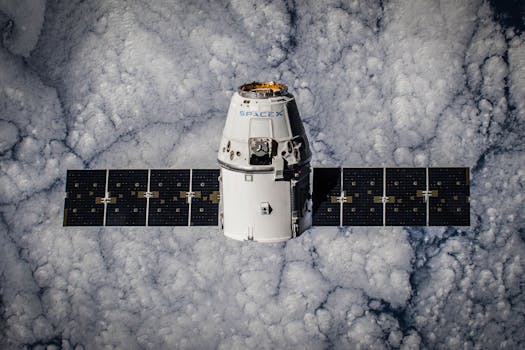
The future of satellites is poised to revolutionize global communication and exploration, with advancements in technology and innovations in satellite design and launch. The future of satellites holds great promise, with the potential to transform the way we communicate, navigate, and explore space. As we look to the future, it’s clear that satellites will play an increasingly important role in shaping our world.
One of the most significant trends in the future of satellites is the development of small satellites, also known as smallsats. These satellites are designed to be smaller, lighter, and more affordable than traditional satellites, making them more accessible to a wider range of organizations and individuals. Smallsats are being used for a variety of applications, including Earth observation, communication, and scientific research. For example, the company Planet Labs has launched a constellation of small satellites that provide high-resolution images of the Earth, which are being used for applications such as agriculture, environmental monitoring, and disaster response.
Another trend in the future of satellites is the development of satellite constellations. These constellations are networks of satellites that work together to provide global coverage and continuous service. Satellite constellations are being developed for a variety of applications, including communication, navigation, and Earth observation. For example, the company OneWeb is developing a constellation of satellites that will provide high-speed internet access to remote and underserved communities around the world. The company SpaceX is also developing a constellation of satellites, known as Starlink, which will provide high-speed internet access and other communication services.
The future of satellites is not just about communication and exploration, but also about the potential for satellites to be used for scientific research and development. Satellites are being used to study the Earth’s climate, weather patterns, and natural resources, as well as to search for signs of life beyond our planet. For example, the NASA Kepler space telescope has discovered thousands of exoplanets, which are planets that orbit stars other than the Sun. The European Space Agency’s Gaia mission has created a highly accurate 3D map of the Milky Way galaxy, which is being used to study the structure and evolution of our galaxy.
Despite the many benefits and opportunities presented by the future of satellites, there are also challenges and risks associated with the development and use of satellites. One of the main challenges is the issue of space debris, which refers to the accumulation of defunct satellites, rocket parts, and other objects in Earth’s orbit. Space debris can pose a significant risk to operational satellites and other spacecraft, as well as to the environment and human health. Another challenge is the issue of satellite regulation, which refers to the need for clear and consistent rules and guidelines for the development and use of satellites. The lack of effective regulation can lead to conflicts and disagreements between countries and organizations, as well as to the misuse of satellites for harmful or malicious purposes.
In conclusion, the future of satellites is a rapidly evolving and dynamic field, with many opportunities and challenges. As we look to the future, it’s clear that satellites will play an increasingly important role in shaping our world and addressing some of the most pressing challenges facing our planet. Whether it’s through the development of small satellites, satellite constellations, or scientific research and development, the future of satellites holds great promise and potential for innovation and discovery.
Focus Keyword: The future of satellites. The future of satellites is a topic of great interest and importance, with many organizations and individuals working to develop and launch new satellites and satellite systems. The future of satellites is not just about the technology itself, but also about the potential for satellites to be used for a wide range of applications and purposes, from communication and exploration to scientific research and development.
